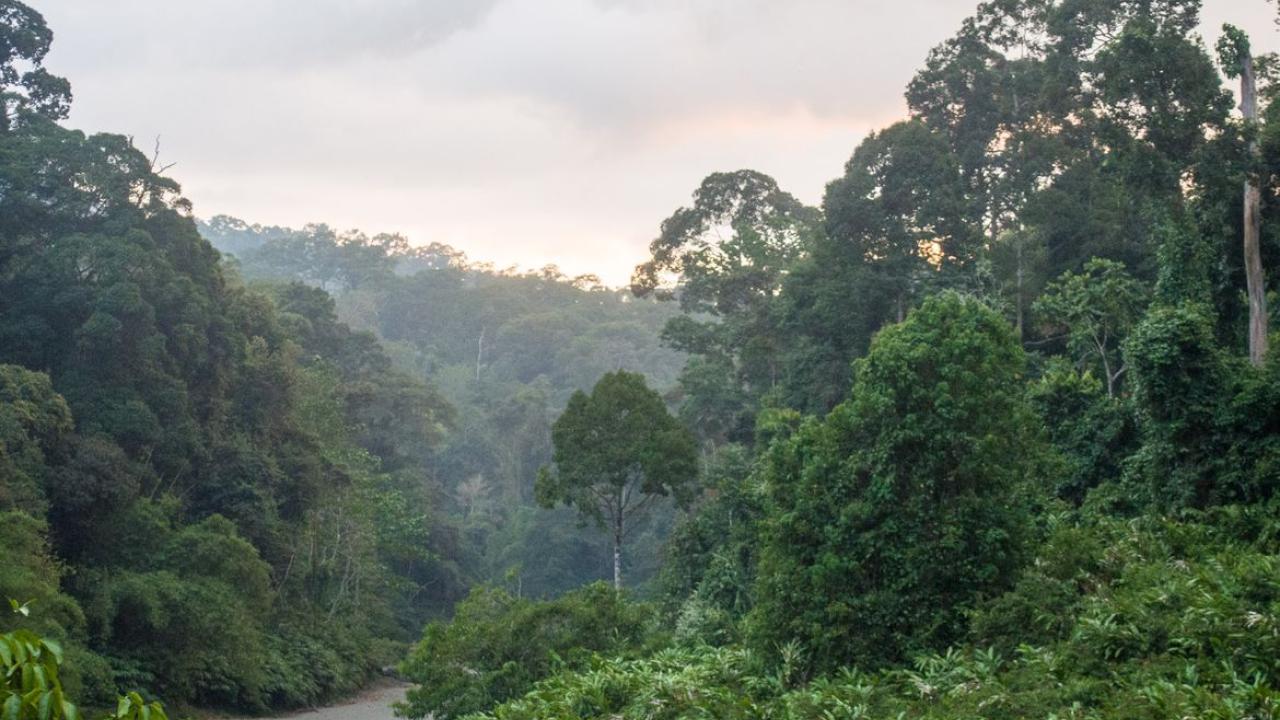A new study by UCLA ecologist Elsa Ordway found that tropical rainforests in close proximity to each other often show significant variation in forest structure, biodiversity and carbon storage capabilities. The study is significant because understanding how forests vary from one another could help shape conservation initiatives and efforts to fight climate change. Decision-makers and stakeholders could potentially use this research to predict how much forests mitigate climate change — and how vulnerable they are to the effects of global warming.
To categorize the rainforests, the researchers used two types of remote sensing technology: a satellite-based laser detection system called LiDAR to measure the height and distribution of vegetation, and spectroscopy to determine the forests’ chemical composition. Through these methods the researchers found that the two most important variables for distinguishing forest types were leaf mass per area and the amount of phosphorus contained in the upper layer of the treetops.
Mapping forests gives policymakers a better understanding of rainforests’ conservation value so they can pass laws and regulations to protect them. In addition, accurately determining rainforests’ carbon storage capacity can help shape market-based conservation programs such as Reducing Emissions from Deforestation and Forest Degradation in Developing Countries — known as REDD+ — which places a cash value on the carbon that rainforests prevent from being released into the atmosphere. Through programs like these, international banks have invested large sums to benefit countries that protect their forests, proving to be a valuable incentive.
“We will soon have available an incredible amount of remote sensing data that’s going to be game-changing for what we're able to measure and monitor across ecosystems globally,” Ordway said.
Read more about tropical forest diversity and conservation value at UCLA Newsroom.
Study Authors:
Elsa Ordway, UCLA Department of Ecology and Evolutionary Biology
Gregory Asner, ASU Center for Global Discovery and Conservation Science
David Burslem, University of Aberdeen School of Biological Sciences
Image Source: Santa Monica Mountains National Recreation Area





